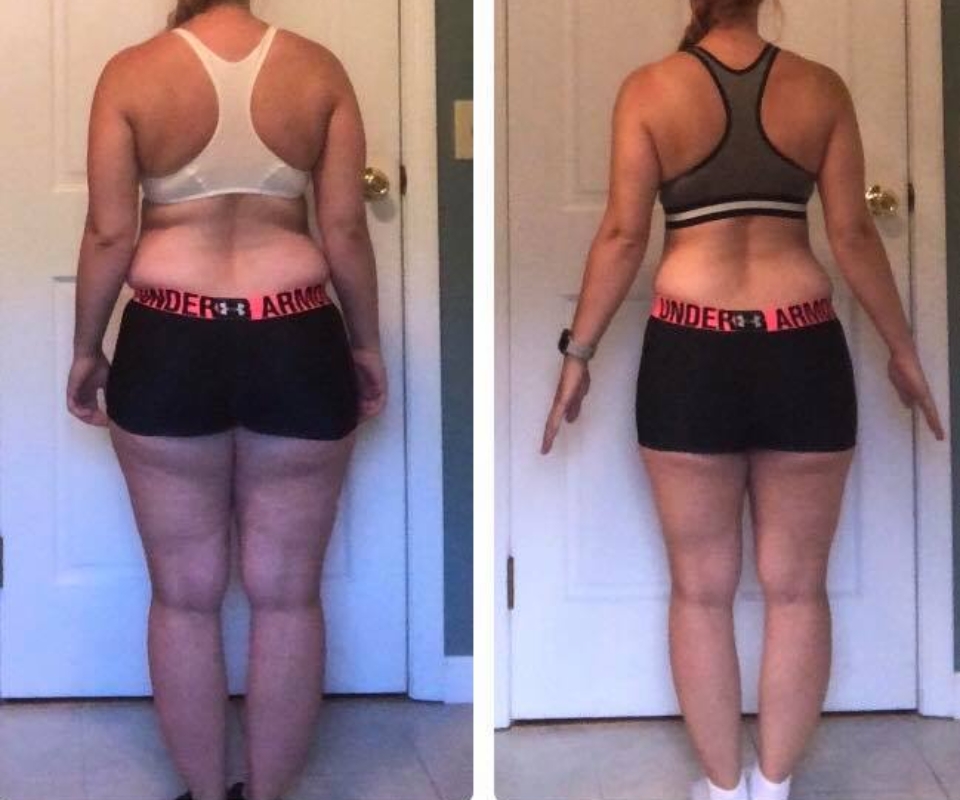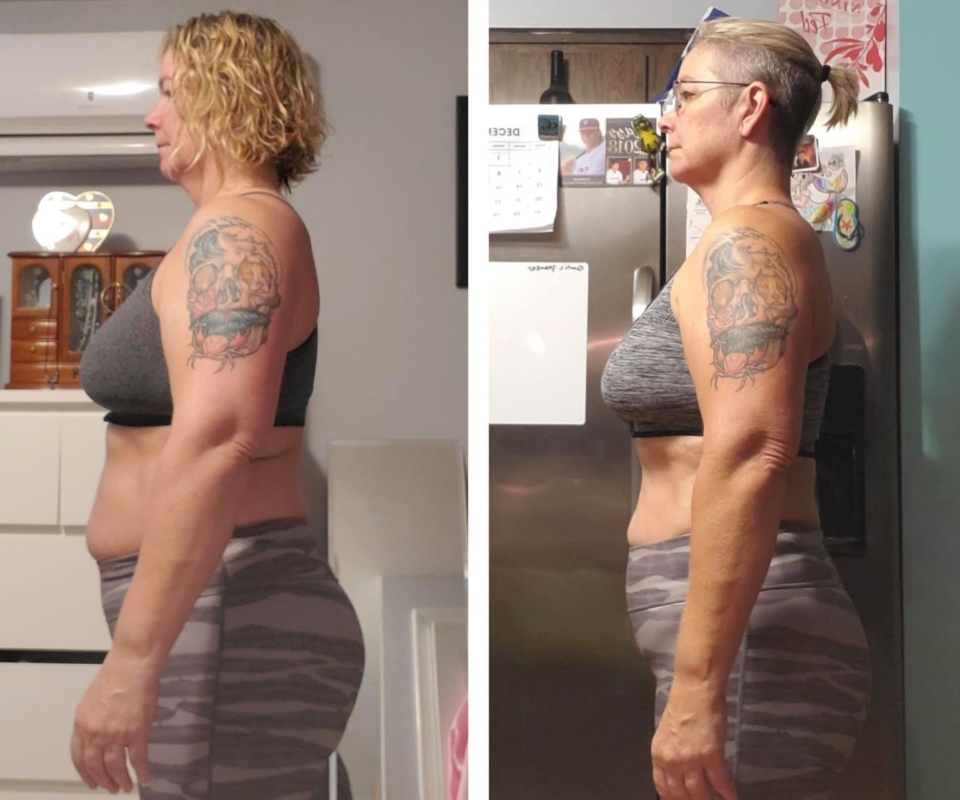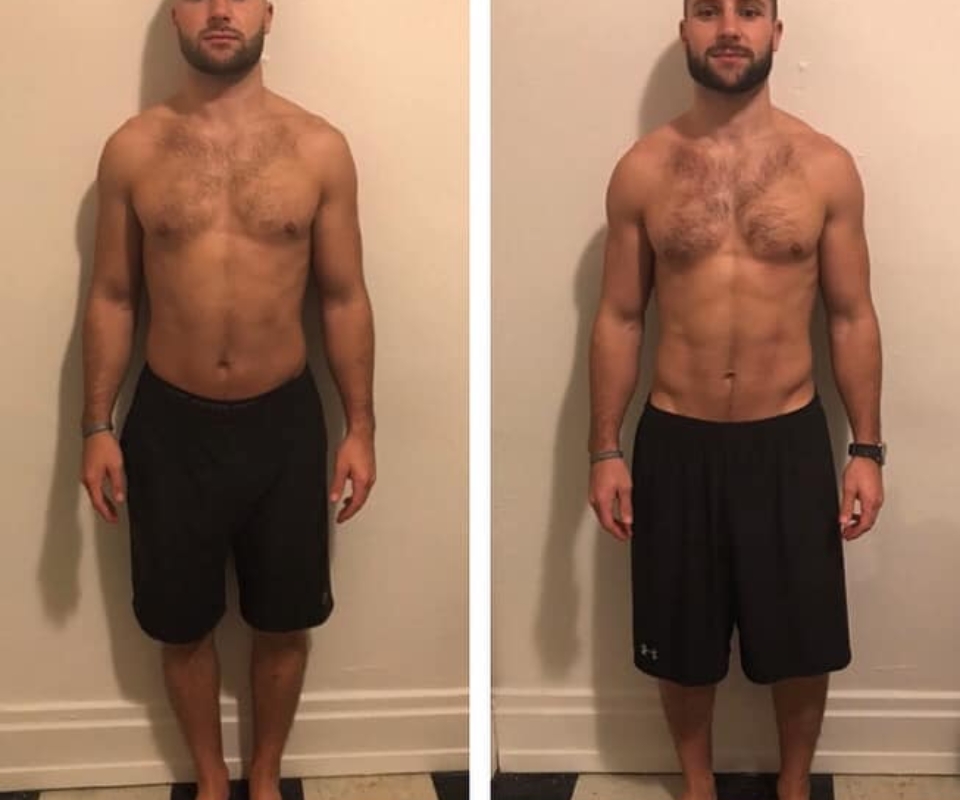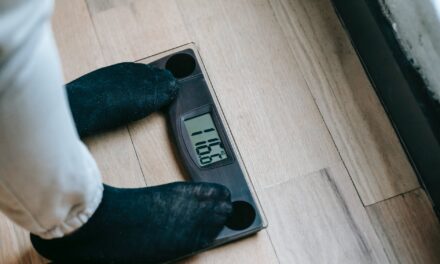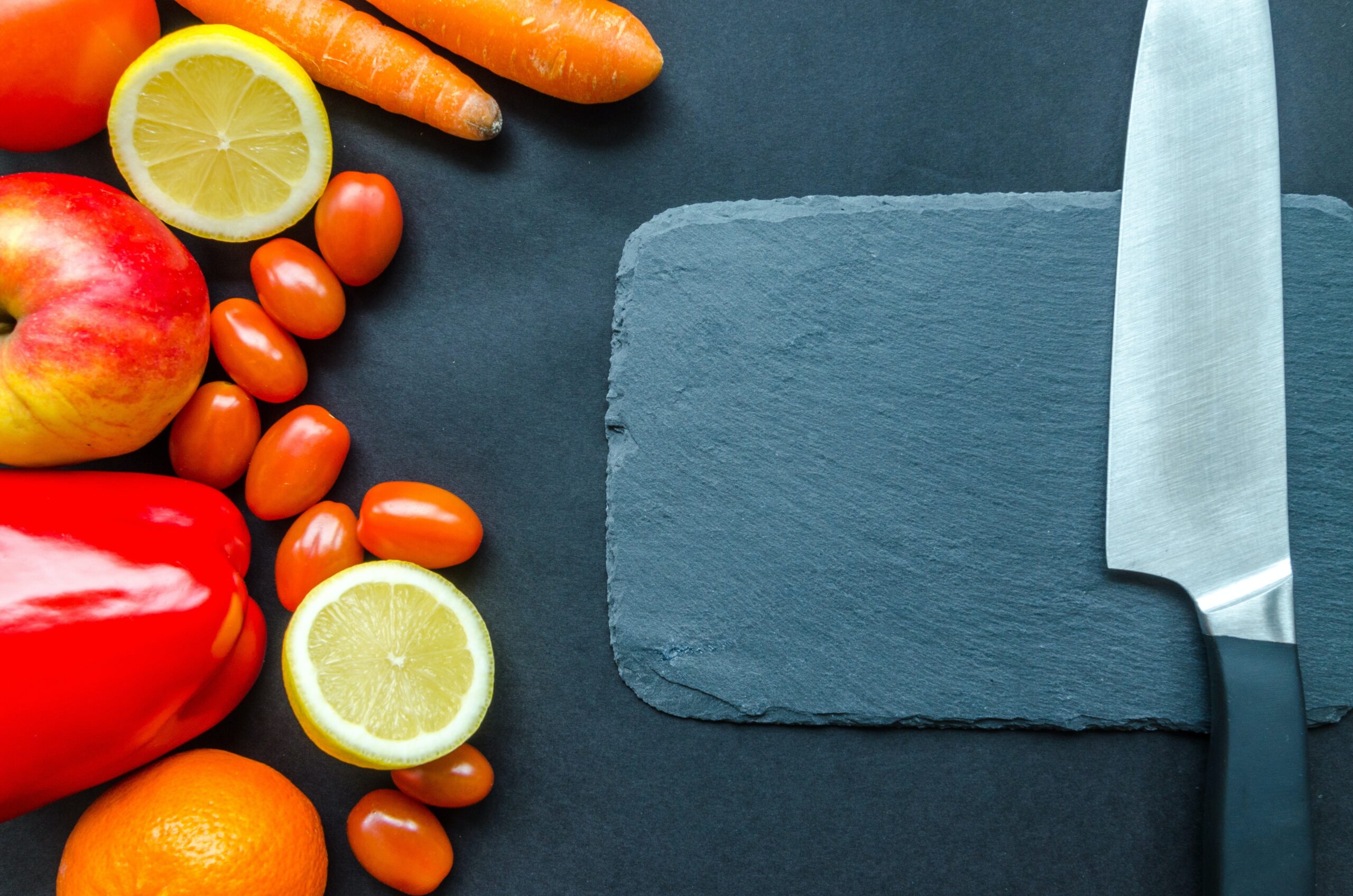This post may contain affiliate links, and as an Amazon Associate, Hercules Performance may earn from qualifying purchases.
Imagine creating a budget guaranteed to get you out of debt (IF you stick to it)… and guessing prices. I mean, you’ve spent money before—why wouldn’t you be able to guess a T-shirt’s price? All T-shirts cost the same, right?
Of course not.
T-shirts range from $2-$100+, depending on where it’s sold—and food is no different. Some apples are 75-85 calories, while others top out at 150+ calories. For this reason, logging an apple’s calories without weighing it is like logging a T-shirt (in your budget) without checking its price. You might progress….
But you can’t count on it.
And if you’re going to take the time to plan, look up, and track choices, might as well guarantee progress. Hell, might as well accelerate it, like these clients have:
Before diving in, let’s myth-bust:
Myth #1: “It’s time-consuming”
If you’d never heard of weighing portions, and learned there was a surefire way to lose weight that only took 2-4 minutes per day, you’d make time: no matter the task. So there’s no reason to shy away from weighing portions when you learn it takes the same commitment (a few minutes per day) and offers the same benefit (guaranteed progress).
Myth #2: “It’s obsessive”
This is a story you’re telling yourself to avoid “the work.” If you’re in debt, you keep a budget and check price tags. If you’re pursuing weight loss, you count calories and weigh portions. There’s no difference in rationale—which brings us to the next point:
Myth #3: “It’s unnecessary”
I mean, technically—but weight loss is hard enough without leaving results to chance. Personally, I’d rather spend time on methods guaranteeing (and accelerating) progress: like tracking and weighing portions.
You do you, though.
See how far “being mindful” gets you. This information will be here when you’re doing the financial equivalent of being “price conscious” and expecting to build wealth, continuing to spin your wheels with no success in sight.
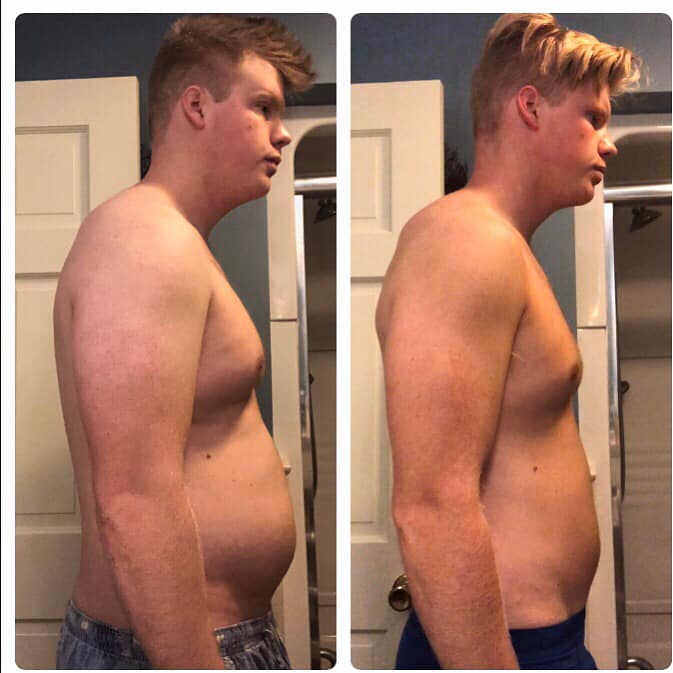
My online client Remi lost 50+ pounds after weighing his portions regularly
Ready to accelerate results?
Step #1: Get a reliable scale
I have my clients get THIS one from Amazon. It’s simple, cheap, and easy to use.
Step #2: Find the appropriate unit BEFORE weighing anything
In general, “cups,” “tablespoons,” “teaspoons,” “scoops,” and “servings” are inaccurate and should be avoided when tracking calories. Instead, use:
- Grams
- Ounces
- Milliliters
These are weight-based, and easy to log. Here’s how to adjust the unit (after you’ve turned it on) to match what’s going in MyFitnessPal (the tracking app most of my clients use):
Step #3: Log accurately
This includes brand and weight (whenever possible). For example, if you’re having Perdue chicken, take the time to look up Perdue chicken—not the first “chicken” you see. Calories often vary between brands.
Also, if you log four ounces of chicken, and realize your portion weighs five ounces (after weighing), you MUST modify MyFitnessPal (to five ounces) or reduce your portion. Getting “close enough” defeats the purpose of weighing.
Sometimes, we’re met with curveballs when weighing portions, like:
1) Preset units
Sometimes, the MyFitnessPal entry’s unit is “preset”—meaning teaspoons, tablespoons, and other non-weight units (like “scoops” and “servings”) are the only options (when you tap “Serving Size”). When this happens, find a different entry, or see if the label lists weight next to the serving size [ex. “1 cup (28 g)].
2) Having raw or “loose” items
If it’s raw (like uncooked beef): put a bowl on the scale before turning it on. Then, put the portion inside—no mess needed.
If it’s “loose” (like peanut butter or olive oil): put the container on the scale, take the lid off, and turn it on. Then, scoop the desired portion out. Like this:
Then record the number as a positive.
3) Making a recipe
Fortunately, MyFitnessPal allows you to log every ingredient of a recipe (and their respective weights), and does the math for you (as long as you determine servings in advance). Learn how HERE.
4) Not having your scale on you
When this comes up, search what you’re eating and look for the “middle ground” entry. For example, if burgers are listed at:
- 450 calories
- 950 calories
- 900 calories
- 770 calories
- 1,900 calories
Pick 950 calories. Then, add ~20% as an “I didn’t weigh it” buffer. In this case, you’d log 1,140 calories. Sounds high, I know—but we tend to round WAY down when guessing.
Finally after 1-2 weeks of weighing well, you can ditch the scale and…
Sike!
At no point can you ditch the scale*—until you’ve reached your end goal, of course. We’re about as honest with ourselves about our portions as a child is during an angry parent’s interrogation.
*Unless you’re comfortable with slower pace of progress—which is FINE if you’re willing to be patient (most dieters aren’t).
So, please, master the basics, and execute them ruthlessly.
While you’re at it, make sure you’re getting enough protein. It’s the second most important “nutrition number” (after calories), and minimizes dieting hunger: a dieter’s worst nightmare. I’ve compiled a list of the top ten ways, and you can access it below:



